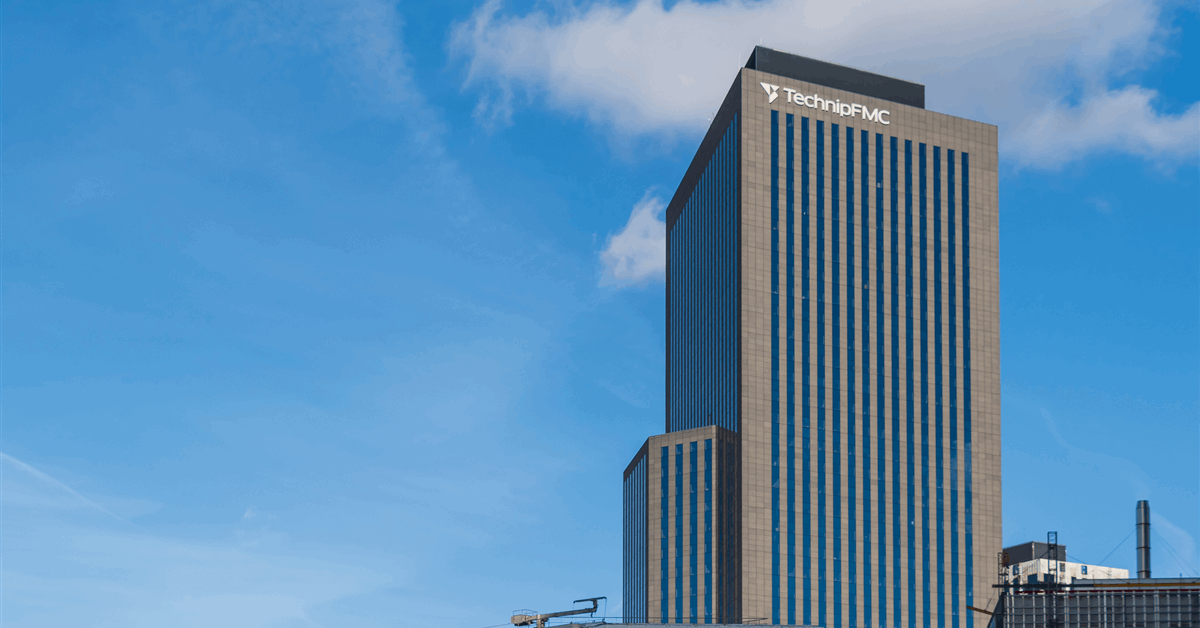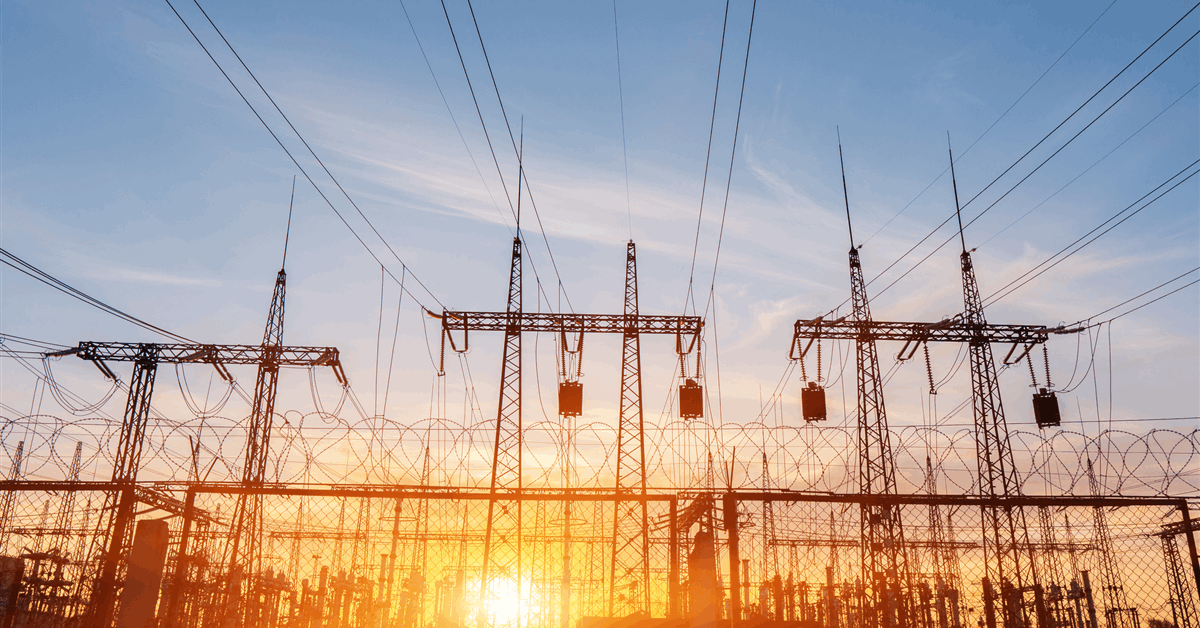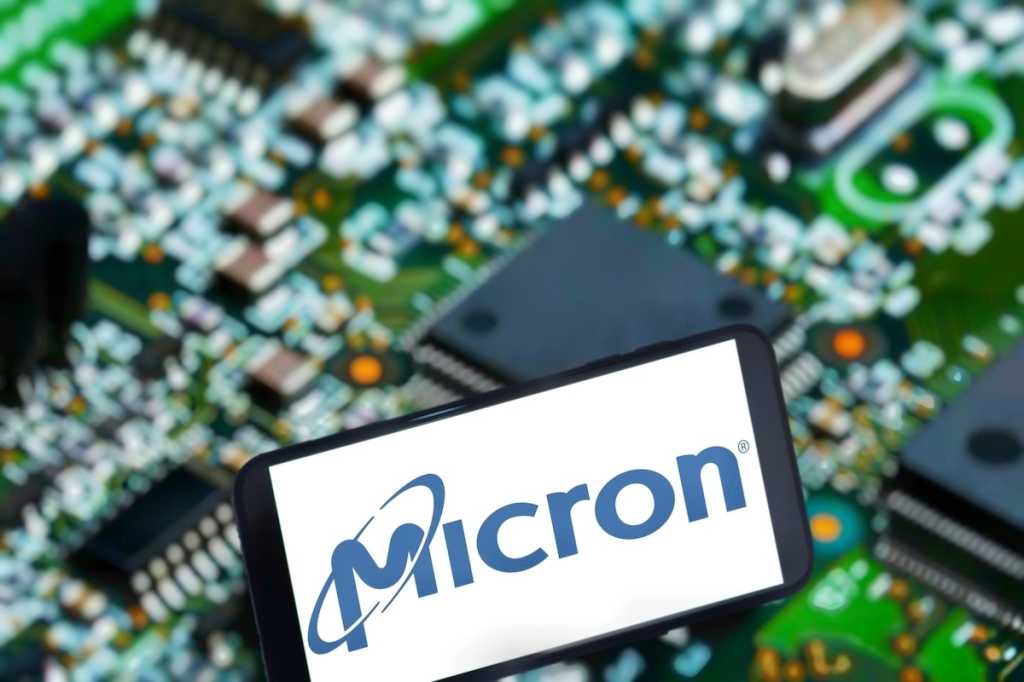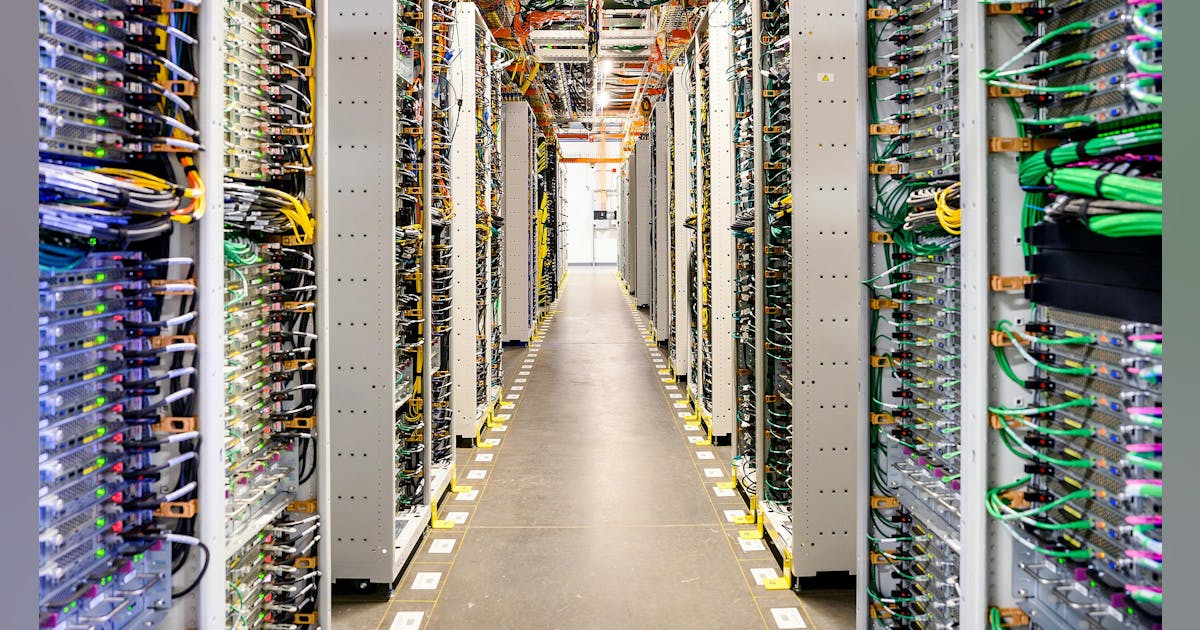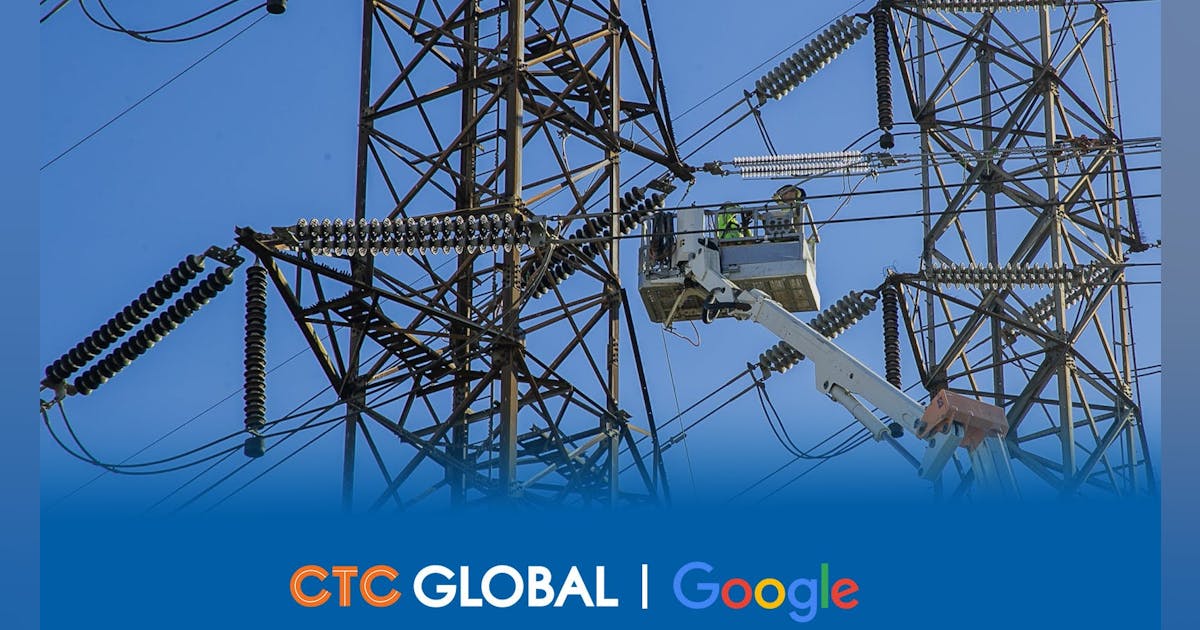This is today’s edition of The Download, our weekday newsletter that provides a daily dose of what’s going on in the world of technology.
Mice with two dads have been created using CRISPR
What’s new: Mice with two fathers have been born—and have survived to adulthood—following a complex set of experiments by a team in China. The researchers used CRISPR to create the mice, using a novel approach to target genes that normally need to be inherited from both male and female parents. They hope to use the same approach to create primates with two dads.
Why it matters: Humans are off limits for now, but the work does help us better understand a strange biological phenomenon known as imprinting, which causes certain genes to be expressed differently depending on which parent they came from. Read the full story.
—Jessica Hamzelou
Three reasons Meta will struggle with community fact-checking
—Sarah Gilbert is research director for the Citizens and Technology Lab at Cornell University.
Earlier this month, Mark Zuckerberg announced that Meta will cut back on its content moderation efforts and eliminate fact-checking in the US in favor of the more “democratic” approach that X (formerly Twitter) calls Community Notes.
The move is raising alarm bells, and rightly so. Meta has left a trail of moderation controversies in its wake, and ending professional fact-checking creates the potential for misinformation and hate to spread unchecked.
I’m a community moderator who researches community moderation. Here’s what I’ve learned about the limitations of relying on volunteers for moderation—and what Meta needs to do to succeed.
MIT Technology Review Narrated: Is this the end of animal testing?
Animal studies are notoriously bad at identifying human treatments. Around 95% of the drugs developed through animal research fail in people. But until recently there was no other option.
Now organs on chips may offer a truly viable alternative. They look remarkably prosaic: flexible polymer rectangles about the size of a thumb drive. In reality they’re triumphs of bioengineering, intricate constructions furrowed with tiny channels that are lined with living human tissues. And as they continue to be refined, they could solve one of the biggest problems in medicine today.
This is our latest story to be turned into a MIT Technology Review Narrated podcast, which
we’re publishing each week on Spotify and Apple Podcasts. Just navigate to MIT Technology Review Narrated on either platform, and follow us to get all our new content as it’s released.
The must-reads
I’ve combed the internet to find you today’s most fun/important/scary/fascinating stories about technology.
1 DeepSeek has AI investors spooked
They’re worried they’ve wasted their money after the Chinese startup proved that powerful models can be created on a shoestring. (NYT $)
+ Its success has also shed light on how little we know about AI’s power demands. (FT $)
+ DeepSeek’s rapid rise is great news for China’s AI strategy. (WP $)
+ How a top Chinese AI model overcame US sanctions. (MIT Technology Review)
2 OpenAI has accused DeepSeek of using its AI models to train R1
Just hours after Sam Altman claimed it was invigorating to have a new competitor. (FT $)
+ DeepSeek has been telling some people that it’s made by Microsoft. (Fast Company $)
+ Italy is investigating how the firm handles personal data in relation to GDPR. (TechCrunch)
3 Alibaba claims its new AI model surpasses DeepSeek’s
That was fast. (WSJ $)+ Here’s what sets DeepSeek apart from its competition. (NBC News)
4 RFK Jr’s niece is trying to stop him being appointed the top US health official
She’s shared private emails in which he makes false covid and vaccine claims. (STAT)
+ His cousin has also denounced him as a predator. (NY Mag $)
+ A weaker vaccine policy will lead to the resurgence of dangerous diseases. (The Atlantic $)
+ Why childhood vaccines are a public health success story. (MIT Technology Review)
5 Donald Trump has threatened new chip sanctions
In a heavy-handed attempt to force manufacturers to relocate to the US. (WP $)
6 Women seeking fertility treatment in the US are being left in the dark
Clinics don’t publicly declare how many times egg retrieval has gone wrong. (Bloomberg $)
+ Inside the strange limbo facing millions of IVF embryos. (MIT Technology Review)
7 Spotify claims that streaming has made the world value music
I’m not convinced artists will agree. (The Verge)
8 Supersonic commercial flights could be staging a comeback
More than two decades after Concorde ceased operation. (New Scientist $)
+ How rerouting planes to produce fewer contrails could help cool the planet. (MIT Technology Review)
9 LinkedIn has booted AI-generated jobseekers off its platform
Their accounts were created by a company peddling AI agents. (404 Media)
+ How one developer fought back against AI crawler bots. (Ars Technica)
10 The future of food is bacteria and algae
Mmm, delicious. (Undark)
+ Would you eat dried microbes? This company hopes so. (MIT Technology Review)
Quote of the day
“I don’t have technology. I’ve never emailed or, what do you call it, Twittered.”
—Actor Christopher Walken isn’t a fan of modern gadgetry, he tells the Wall Street Journal.
The big story
Deepfakes of your dead loved ones are a booming Chinese business

May 2024
Once a week, Sun Kai has a video call with his mother, and they discuss his day-to-day life. But Sun’s mother died five years ago, and the person he’s talking to isn’t actually a person, but a digital replica he made of her.
There are plenty of people like Sun who want to use AI to preserve, animate, and interact with lost loved ones as they mourn and try to heal. The market is particularly strong in China, where at least half a dozen companies are now offering such technologies and thousands of people have already paid for them.
But some question whether interacting with AI replicas of the dead is truly a healthy way to process grief, and it’s not entirely clear what the legal and ethical implications of this technology may be. Read the full story.
—Zeyi Yang
We can still have nice things
A place for comfort, fun and distraction to brighten up your day. (Got any ideas? Drop me a line or skeet ’em at me.)
+ Happy Chinese New Year to all those who celebrate! 🐍
+ These robots do a passable job dancing to mark the celebration.
+ If you haven’t seen A Real Pain in the theater yet, why not?
+ Cool—archaeologists have uncovered an ancient Roman mask that may depict Medusa.


